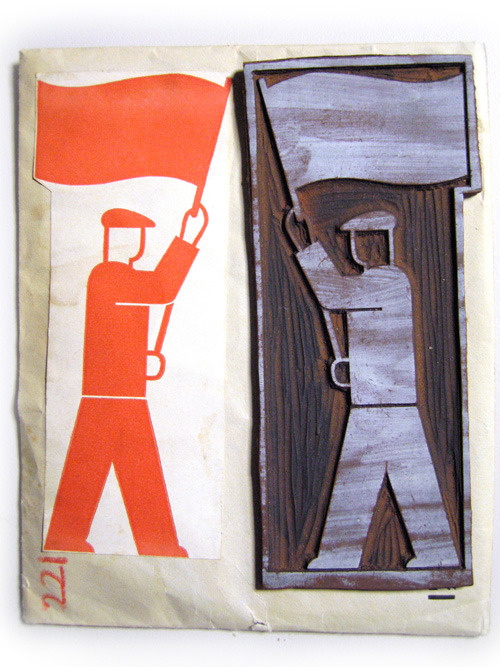In this interview it was said that social scientist Otto Neurath's interest in hieroglyphics led him to develop
a system that helped people understand social and economic facts, all through using
a minimum of words.
He collaborated with Gerd Arntz, a Vienna artist well known for his black and white woodcuts, to develop this system. Arntz style was simplistic and could be easily understood by ordinary people. His images sum up a subject in a single glance and were drawn with great precision. Neurath moulded his style into stick figures, which became the building blocks of his
pictured statistics.
(Above = examples of Arntz's woodcuts)
It is explained on
gerdarntz.org that together the two, "designed
pictograms to represent every aspect of life. (Arntz's) designs brought
warmth, humanity and a political edge to an area of cool statistical
detachment.”
Gerd Arntz designed around
4000 signs altogether, which symbolised key data from industry,
demographics, politics and economy. These were created for the visual
language Isotype (the International System Of Typographic Picture
Education) created by Otto
Neurath. Together, Neurath and Arntz wanted to create a system that
could be understood even for those who could not read. They also
wanted their visuals to be understood universally, overcoming
barriers of language and culture. It says on the gerdarntz.org
website, “Neurath and Arntz made extensive collections of visual
statistics in this manner, and their system became a world-wide
emulated example of what we now term: infographics."
References:
http://colorcubic.com/2010/02/09/the-pictograms-of-gerd-arntz/
http://www.creativereview.co.uk/back-issues/creative-review/2011/march/gerd-arntz
http://www.gerdarntz.org/isotype/





No comments:
Post a Comment